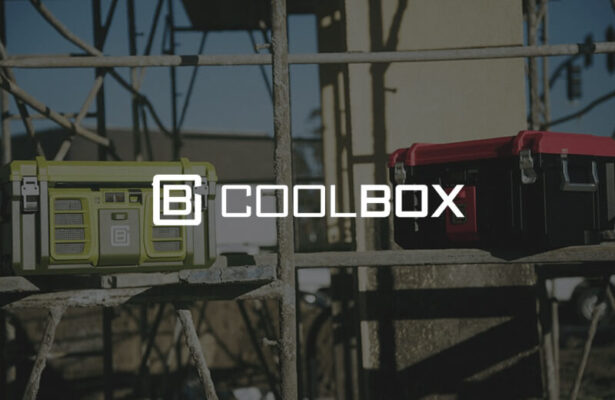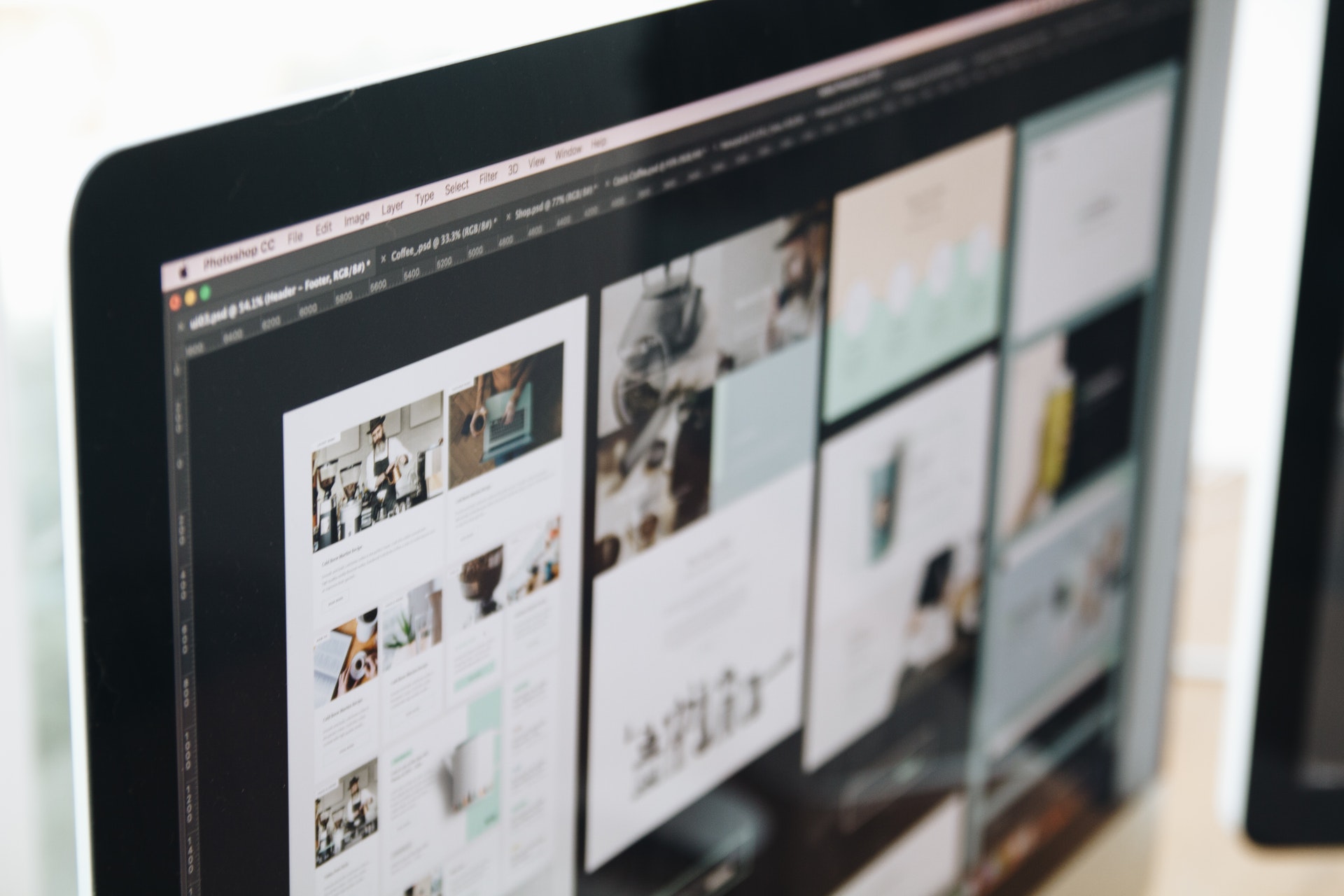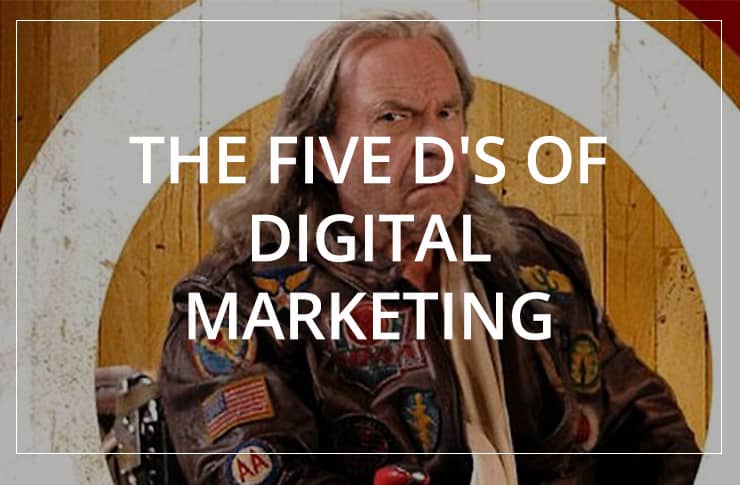Digital marketing revolves around these 5 D’s: digital devices, digital platforms, digital media, digital data, and digital technology. The 5 D’s facilitate efficient interaction between the brand and its target audience as well as provide insights into market behavior for better business strategy formulation and implementation.
How did we come up with the Five D’s? Well, as always being the nerds we are, one of our favorite movies of all time is Dodgeball. And as legendary Dodgeball Champion himself Patches O’Houlihan said, “Remember the 5 D’s of dodgeball: Dodge, duck, dip, dive and dodge.” So as you market your business, remember the 5 D’s of digital marketing. The first of the 5 D’s refers to digital devices. It mainly focuses on the target audience’s engagement and interaction on websites and mobile applications using a combination of connected devices. Smartphones, tablets, desktop computers, televisions, and gaming devices are examples of these devices.
What are Digital Platforms?
A digital platform can be considered of as the sum total of a place where producers and consumers can exchange information, goods, or services, as well as the community that interacts with this platform. It’s critical to recognize that the community is a critical component of the digital platform; without it, the platform has very little intrinsic value.
Because of the effectiveness of the digital platform approach, we communicate with digital platforms on a regular basis. Digital platforms come in a variety of shapes and sizes, based on the business model they use and the specific goals they aim to achieve. The following are some examples of effective digital platforms:
- Social Media Platforms: like Facebook, TikTok, Snapchat, Twitter, Tumblr, Instagram, and LinkedIn
- Knowledge Platforms: like StackOverflow, Quora, and Yahoo! Answers
- Media Sharing Platforms: like YouTube, Spotify, Pandora, Soundcloud and Vimeo
- Service-oriented Platforms: like Uber, Lyft, Airbnb, and GrubHub
Digital Platforms are places in which interactions happen on. It’s a virtual space that people share, like, message, chat post or interact on. Most engagements occur using popular platforms such as Facebook, Instagram, Google, YouTube, Twitter, Snapchat and LinkedIn.
What is Digital Media?
Digital media goods are everywhere today’s world, and these products enable and deliver experiences across a wide range of industries, including some that aren’t traditionally connected with digital media, such as health, government, and education. Digital media refers to paid, owned, and earned communications channels utilized to build engagement with the target market through several ways such as subscriptions, advertising e-mails, messaging, search engines, and social networks. Digital media products can be found in but not limited to:
- eCommerce
- Games – Console, Online and Mobile
- Websites and Mobile applications
- Digital Graphics
- Digital Signage
- Animation
- Audio Books
- Social media
- Video
- Augmented reality (AR)
- Virtual reality (VR)
- Data visualization
- Location-based services
- Interactive Storytelling
- Automotive
- Alternative Health/li>
- Entertainment/li>
- Technology
- eCommerce
- Non-Profit
- Healthcare
- Education
- Marketing and Advertising
- Government
- Sports
- Environment
- Television
- Publishing
Digital platforms need digital media and give benefit to everyone within the platform’s ecosystem while also generating revenue for the company that built and maintains it through a variety of business strategies, such as: Advertising, Subscriptions, Pay as you go, and any combination of these and other profit-churning methods. Digital media can be found in these industries:
A team of experts is needed to take on the daunting task of developing a world-class experience. This can be difficult when everyone has their own specialties that need to come together in order for an organization’s vision and goals be met effectively, creatively, efficiently – all while delivering top notch results day after day without fail! The skills necessary range from story telling, artistry, data analysis, programming, management, UX design, project planning, animation but also includes working cross departmentally between siloed groups such as programmers & artists who often don’t even know what other departments do because there isn’t enough communication within organizations about how different aspects connect or affect one another.
What is Digital Data and How is it Used?
Digital data normally consists of audience profiles and engagement patterns with businesses on digital platforms, while digital technology focuses on building interactive experiences across a wide range of platforms, from your websites and mobile apps to your in-store kiosks.
To dive down deeper, a computer is a machine that processes digital information. It has switches, or transistors in its processor which allow it to either be turned on and processing the input from other devices or switched off so nothing can get through without being processed first by this complicated electronic system called an integral circuit comprised of millions upon billions (!) microscopic components such as resistors along with diodes–all working together at once! How does this play into digital data? Well, these pieces of information that are processed by computers are the bits and pieces of your digital data.
Every time you send an email, read a social media post or take pictures with your digital camera; You are working with data. We all probably hear this term on a daily basis but have we ever wondered what it means? If so then congratulations because there’s still more to learn! Let’s define “digital” and explore just how much of our lives depend upon its use in today’ society before moving onto something else entirely different.
Every day, millions of messages are sent through the internet. From emails to social media posts and even text messages-we all have been communicating digitally for years now! But what exactly does this mean? Well if you think that because it’s on computers then Digital Data must not really matter or do anything significant; however let me tell ya there is more than meets the eye when we talk about DIGITAL DATA IN THE REAL WORLD.
What is Digital Technology and How will it Shape the Future?
Digital technology is a tool for collecting, analyzing and processing data. It can be used to measure the success of marketing campaigns with its ability track everything from what ads are being broadcasted all day long; how many times people click on them or even if an advertisement was viewed at least once by someone in your target audience-all this information gives marketers better insight into their clientele than ever before.
Because you can record and monitor the execution and results of your campaign, digital technology is a more effective approach to handle marketing efforts. For example: In analogue technology it may be difficult or impossible for someone outside of your company know what was done well from one day to another without looking at paper records; however by using digital tools such as spreadsheets with data analysis functions this information becomes available online which helps both managers make informed decisions about future endeavors while also providing transparency into past successes.
How can you Harness the 5 D’s of Digital Marketing?
All 5 D’ s are essential to gaining an unparalleled edge in digital marketing campaigns. From traditional marketing, they have effectively transformed the industry in order to bring to the table more effective means to increase brand awareness and thrive in a highly competitive, technology-centric era. Don’t forget the 5 D’s: digital devices, digital platforms, digital media, digital data, and digital technology.
The 5 D’s of digital marketing are essential to any business looking for a competitive advantage in the 21st century. They have transformed traditional advertising and marketing practices, such as television commercials and print advertisements, which can be expensive and time-consuming methods that may not yield immediate results. From digital devices like tablets and smartphones; to social media platforms like YouTube or Facebook; to online data collection tools like Google Analytics– there is no shortage of ways you can use these five things to your benefit when it comes to gaining an unparalleled edge over your competitors. Ready? Start by filling out our start project guide!











